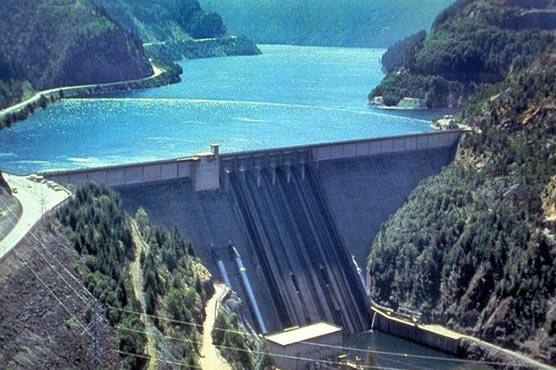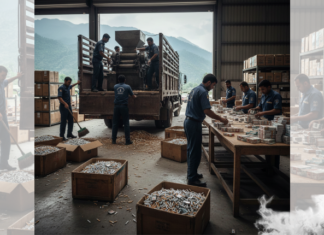ISLAMABAD: In a major development, the long-standing dispute over the multi-billion-dollar Diamer-Bhasha dam land site between two tribes of Khyber Pakhtunkhwa (KP) and Gilgit Baltistan (GB) has finally been resolved by a local jirga in coordination with WAPDA and local administrations.
The issue was resolved after various sittings of a 20-member jirga that was constituted in December 2020 to resolve long awaited territorial dispute between Harban tribe of Kohistan and the Thor tribe of Diamer.
According to insiders privy to the development, all matters related to the land were finalised during a meeting of concerned parties held in Islamabad on Friday.
The meeting was held at Islamabad WAPDA Office and was attended by General Manager (LA&R, HRD) Brigadier (r) Shoaib Taqi, Diamer Bhasha Dam Project General Manager Rao Muhammad Yousuf, Deputy Commissioner (DC) Diamer Lt. (r) Saad Bin Asad, Deputy Commissioner (DC) Upper Kohistan Arif Yousafzai and senior WAPDA officials.
According to sources, WAPDA has agreed to compensate tribes of both sides of the boundary as per their demands.
Apart from the compensation of land which falls under the project, especially the reservoir area, the jirga has also made arrangements regarding the bifurcation of boundary on the remaining land of the border which, sources claim, has been mutually agreed upon by the two tribes.
“It has been decided that the announcement regarding the breakthrough and details of agreement would be made in a formal ceremony to be held at the dam’s site soon,” an official informed this scribe.
An insider informed Profit that WAPDA has agreed to distribute over Rs750 million among the tribes as compensation for letting go of their land.
During the meeting on Friday, Brig (r) Shoaib Taqi informed that a steering committee consisting of WAPDA officials and members of local administrations would be constituted to ensure payments of compensation amount in a transparent manner whereas both tribes assured their cooperation and support for the construction of the dam and to continue cooperation with officials.
It is pertinent to mention here that the disputed land was hampering the project’s progress. as related development activities were affected off and on.
The boundary dispute had deepened with the passage of time, with both tribes refusing to budge from their stance. Both tribes had claimed ownership of a piece of land spanning over eight kilometres in Gandlo Nala area. In 2014, the dispute turned violent when seven people died in a clash between the two parties.
Although a one-member commission was constituted to find a solution to the dispute in the past, the two sides had rejected its findings.
Soon afterwards, the GB government had suggested that the federal government form a ‘grand jirga’ to resolve the dispute.
Further, the KP Assembly had also passed a resolution, claiming that 8km of land on the right side of the dam was part of the province. The move infuriated GB’s political leaders, who constituted a committee of all sitting lawmakers from Diamer valley to probe the issue.
The committee had traced documents signed between representatives of Kohistan and Diamer in 1947, declaring the land as part of Diamer.
Former chief justice of Pakistan (CJP), Saqib Nisar, had also taken notice of the land dispute when he took the initiative to raise funds for the project, and asked the ruling PTI to try for an out-of-court settlement of the issue.























